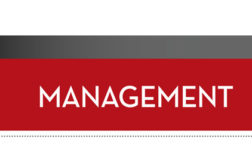Home » manufacturer distributor relationships
Articles Tagged with ''manufacturer distributor relationships''
New Focus Conference Brings Logistics, Buying to Table
HARDI Members Gather for Networking and Instruction
May 13, 2014
Copyright ©2024. All Rights Reserved BNP Media.
Design, CMS, Hosting & Web Development :: ePublishing









